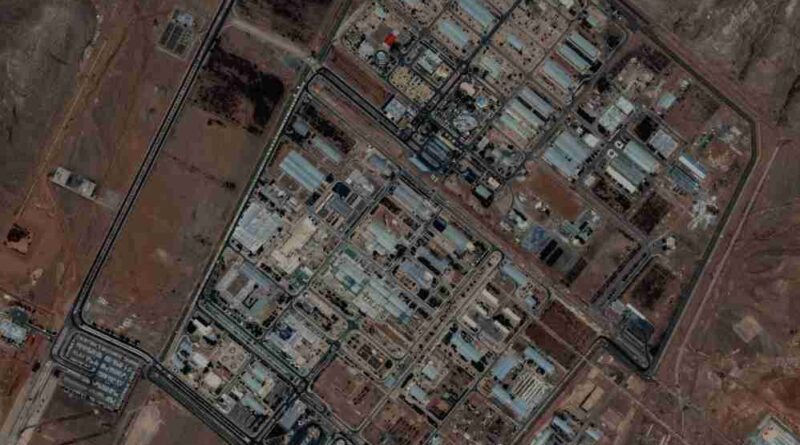US and Israel Launch Coordinated Strikes on Iranian Nuclear Sites, Raising Regional Tensions
22 June 2025 — The Middle East is once again gripped by crisis as the United States and Israel joined forces in a series of precision airstrikes targeting three critical nuclear facilities in Iran. The early morning attacks, confirmed by military and intelligence sources, have triggered a fresh wave of tensions across the region, putting global powers and everyday citizens alike on edge.
A New Phase of the Conflict
The strikes mark a significant shift in the long-running standoff between Iran and its rivals. According to defense officials, the joint operation targeted three facilities that were central to Iran’s nuclear program. The locations were selected based on intelligence indicating advances in uranium enrichment and weapons-related research.
Residents near the targeted sites described a night punctured by the sound of explosions and blinding flashes. “The windows shook, and the whole house felt like it was moving,” said Amir, a shop owner in Isfahan. “We have lived in tension for a long time, but this felt like a breaking point.”
The United States’ Role
Although Israel has conducted airstrikes in the past, this marks the first openly acknowledged joint attack with the United States. Pentagon sources stated that American fighter jets and precision munitions played a critical role in the campaign. The US has long warned Iran about pursuing weapons-grade uranium and has conducted extensive surveillance to pinpoint suspected sites.
A senior US official stated, “This was a necessary action aimed at halting Iran’s rapid progress towards acquiring nuclear weapons. We remain committed to defending our interests and those of our allies in the Middle East.”
The Fallout
While the immediate damage appears substantial, the long-term repercussions of the strikes are only beginning to surface. Iranian state media announced that at least 15 people were killed, including some military personnel. The government in Tehran responded with a stern statement, warning that “all options are on the table” for retaliation.
In Tehran, citizens expressed shock and anger as images circulated online of fires and plumes of smoke rising from the impacted facilities. “We don’t want war,” said Leila, a teacher in the capital. “But we also don’t want to live in fear. This attack will only deepen the wounds between nations.”
The Regional and Global Impact
The escalation has rattled global markets, causing a sharp rise in oil prices and prompting urgent calls for restraint from leaders across Europe, the Middle East, and Asia. The United Nations has announced an emergency session of the Security Council to assess the situation and consider a response.
Analysts warn that the attack could ignite a wider conflict that draws in regional powers and threatens critical global oil and shipping routes. The situation also complicates ongoing negotiations aimed at curbing Iran’s nuclear ambitions and raises questions about the future of the fragile balance between the West and the Middle East.
What Comes Next
As the world wakes up to this new reality, questions linger about the long-term consequences. Will this aggressive military approach deter Iran from its nuclear program, or will it ignite a spiral of retaliation? Will global leaders rally to de-escalate tensions, or will this set the stage for a broader conflict?
For now, all eyes are on the Middle East, where the sound of fighter jets has subsided, but the echoes of their mission—and its profound implications—are still reverberating.
Disclaimer
The information and content shared on digitalgithub.com — including articles, blogs, news, guides, and other resources — is intended for general informational and educational purposes only. We do not guarantee the completeness, reliability, or suitability of any information. Always seek the guidance of a qualified professional before making decisions based on the information you read. Use this site at your own risk.

